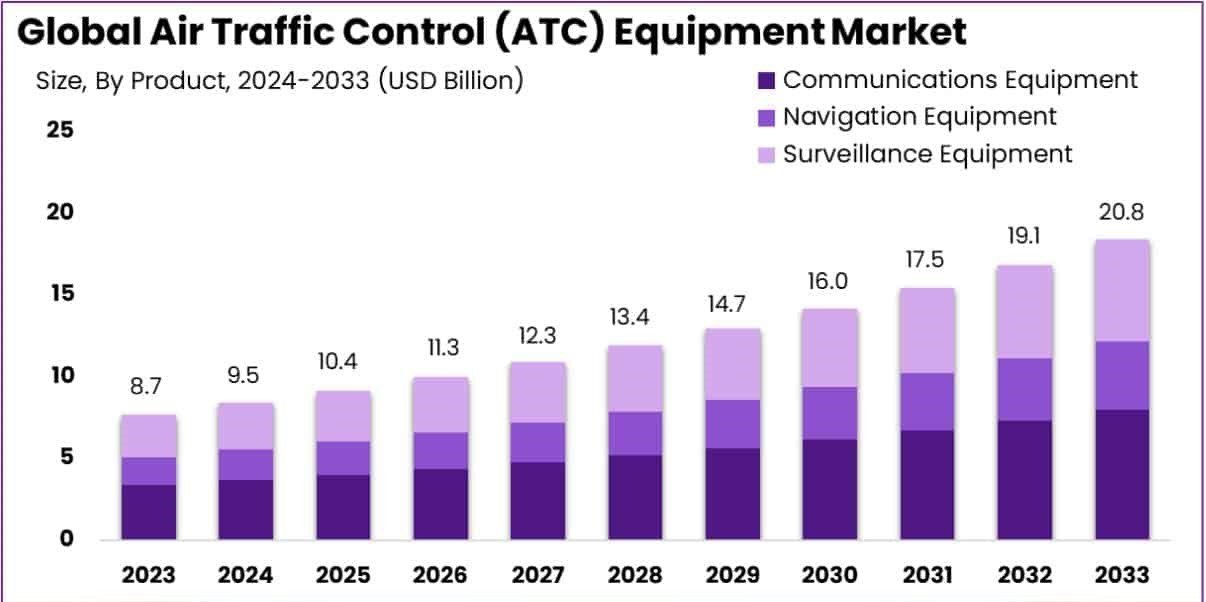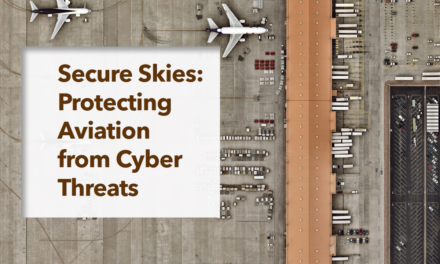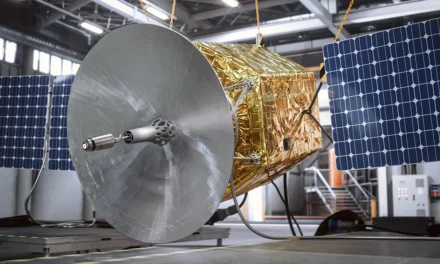Air Traffic Control (ATC) systems manage increasing air traffic volumes through advanced technologies, efficient procedures, and collaborative approaches to ensure safe and efficient airspace use. Here’s how:
1. Advanced Surveillance Systems
- Technology:
- Automatic Dependent Surveillance-Broadcast (ADS-B) provides real-time aircraft position and velocity data.
- Radar systems and multilateration enhance aircraft tracking.
- Impact:
- Improves situational awareness for controllers.
- Supports high-density air traffic management.
2. Airspace Optimization
- Technology:
- Performance-Based Navigation (PBN) allows aircraft to follow more precise routes.
- Dynamic airspace management adjusts airspace configurations based on demand.
- Impact:
- Reduces congestion in busy corridors.
- Maximizes airspace capacity.
3. Collaborative Decision-Making (CDM)
- Process:
- ATC works with airlines, airports, and other stakeholders to optimize flight schedules and resources.
- Impact:
- Minimizes delays and maximizes operational efficiency.
- Enhances predictability in air traffic flow.
4. Sectorization
- Process:
- Dividing airspace into smaller, manageable sectors, each controlled by dedicated ATC teams.
- Impact:
- Reduces controller workload.
- Improves coordination and safety in dense traffic areas.
5. Flow Management and Slot Allocation
- Technology:
- Traffic flow management tools like Eurocontrol’s Network Manager balance demand and capacity.
- Impact:
- Prevents overloading of specific airspace or airports.
- Reduces delays by assigning optimal departure and arrival slots.
6. NextGen and SESAR Initiatives
- Technology:
- U.S. NextGen and Europe’s SESAR programs modernize ATC with satellite-based navigation, data link communications, and digital towers.
- Impact:
- Enhances efficiency and reduces delays.
- Increases airspace capacity to accommodate growing traffic.
7. Automation and Artificial Intelligence (AI)
- Technology:
- AI assists in conflict detection, trajectory prediction, and optimal route planning.
- Automation reduces manual workload for controllers.
- Impact:
- Improves decision-making and efficiency.
- Supports high volumes of air traffic with minimal errors.
8. Data Link Communication
- Technology:
- Controller-Pilot Data Link Communications (CPDLC) replaces voice communication for routine instructions.
- Impact:
- Reduces frequency congestion.
- Enhances communication accuracy and efficiency.
9. Digital and Remote Towers
- Technology:
- Remote ATC towers use high-definition cameras and sensors to manage air traffic from centralized locations.
- Impact:
- Supports operations at multiple airports with fewer resources.
- Enhances situational awareness with advanced visualization tools.
10. Weather Integration
- Technology:
- Real-time weather data and forecasting tools are integrated into ATC systems.
- Impact:
- Enables dynamic rerouting to avoid adverse weather.
- Minimizes delays caused by weather disruptions.
11. Air Traffic Flow Management (ATFM)
- Technology:
- Tools like Flow Management Positions (FMPs) and slot-based systems.
- Impact:
- Balances traffic loads across different regions.
- Reduces bottlenecks at busy airports and air corridors.
12. Unmanned Aerial Systems (UAS) Integration
- Technology:
- UAS Traffic Management (UTM) systems handle drones and other unmanned vehicles in controlled airspace.
- Impact:
- Safely integrates diverse types of traffic.
- Accommodates growth in unmanned aviation activities.
Challenges in Managing Air Traffic
- Increased Complexity:
- Managing a mix of manned and unmanned aircraft.
- Environmental Pressures:
- Balancing efficiency with noise and emission concerns.
- Technological Adoption:
- Ensuring global standardization and interoperability of ATC technologies.
Conclusion
ATC systems manage increasing air traffic volumes through advanced technology, optimized processes, and collaborative strategies. Initiatives like NextGen and SESAR, coupled with automation and AI, are transforming air traffic management to handle future growth while maintaining safety and efficiency.
Hashtags
#AirTrafficControl #ATCSystems #ModernATCTech #SmartAirTrafficManagement #AdvancedATC #EfficientAirTrafficManagement #AirTrafficOptimization #HighVolumeAirspace #NextGenATC #TrafficFlowManagement #AIInATC #DigitalAirTrafficControl #AutomationInATC #AviationSafetyTech #EcoFriendlyAirTraffic #FutureOfATC













